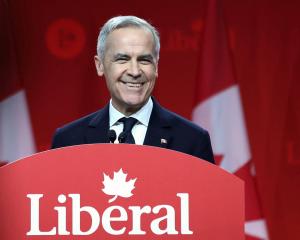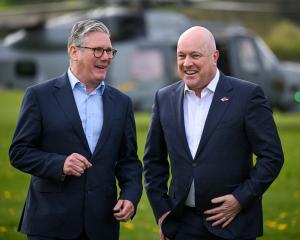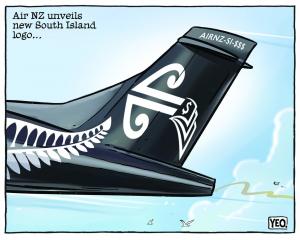
While we might not be familiar with it here, more than 60% of Organisation for Economic Co-operation and Development (OECD) countries, including our neighbours across the Ditch, are using gender budgeting to aid in addressing gender inequality.
Applying the gender lens means looking at how people will be affected differently by initiatives according to gender and, if there are differences between genders, taking action to address that.
In New Zealand it could be seen as an extension of the wellbeing approach to budgeting, introduced in 2019, which recognises people’s quality of life cannot be determined solely by traditional economic measures.
Fifteen agencies, triple the number from a pilot last year, participated in a gender budgeting exercise for this year’s budget, covering 27 initiatives.
The initiatives have been designed to achieve results for whanau, pregnant women, single mothers, wahine Māori, Pacific women, working women and students.
Finance Minister Grant Robertson referred specifically in his Budget speech to one initiative, that introducing a matching employer contribution to Kiwisaver to those on paid parental leave.
He described it as a small but significant boost to lifetime income for many women.

Transport was included in the exercise, showing women workers relied more on public transport than men.
Extra funding to improve public transport delivery will improve opportunities for women in the long term, but perhaps more could have been done on fares now to help, beyond the free fares for children and reduced fares for those under 25.
Initiatives designed to increase women’s participation in the workforce will be welcomed.
One of the big ones is the expansion of the 20 hours of early childhood education subsidy to cover 2-year olds, from the existing 3 to 5 years.
Cash-strapped parents and those early childhood education centres struggling to survive will be disappointed they will have to wait until March to see this change, supposedly to allow the Government to implement regulatory changes to prevent price-gouging and ensure the full value of the 20 hours subsidy is passed on to parents.
This should have been addressed years ago.
It might be easy to regard gender budgeting as a cynical attempt to go after the women’s vote.
In a paper on gender budgeting best practices, the OECD says implemented effectively it can ensure budget decision making helps bring about transformational change resulting in social and economic gains.
Hopefully, over time, exposing how gender inequality may have inadvertently become embedded in public policies will result in greater understanding of how public services should work on the front line.
It was astonishing, for instance, to learn from the recent report on single parents’ experiences, that it was common women going to Work and Income offices to discuss returning to work were not allowed to bring their children with them.
Two of the seven best practice aspects identified by the OECD seem particularly relevant to the stage New Zealand has reached.
One is the need for strong data and analysis.
As the OECD paper says, a key challenge relating to the impact of gender budgeting is that the evidence gathered is often under-used in decision making.
Where public servants and citizens can see the information generated from gender budgeting being used in decision-making, the practice is more likely to be enduring, the paper says.
The other is the need for implementation to be able to survive political cycles.
The paper acknowledges that in the early stages of gender budgeting, political leadership may drive it, but if it is to be sustainable it needs to be insulated from fluctuations in the political or economic environment. New Zealand has some way to go there.












